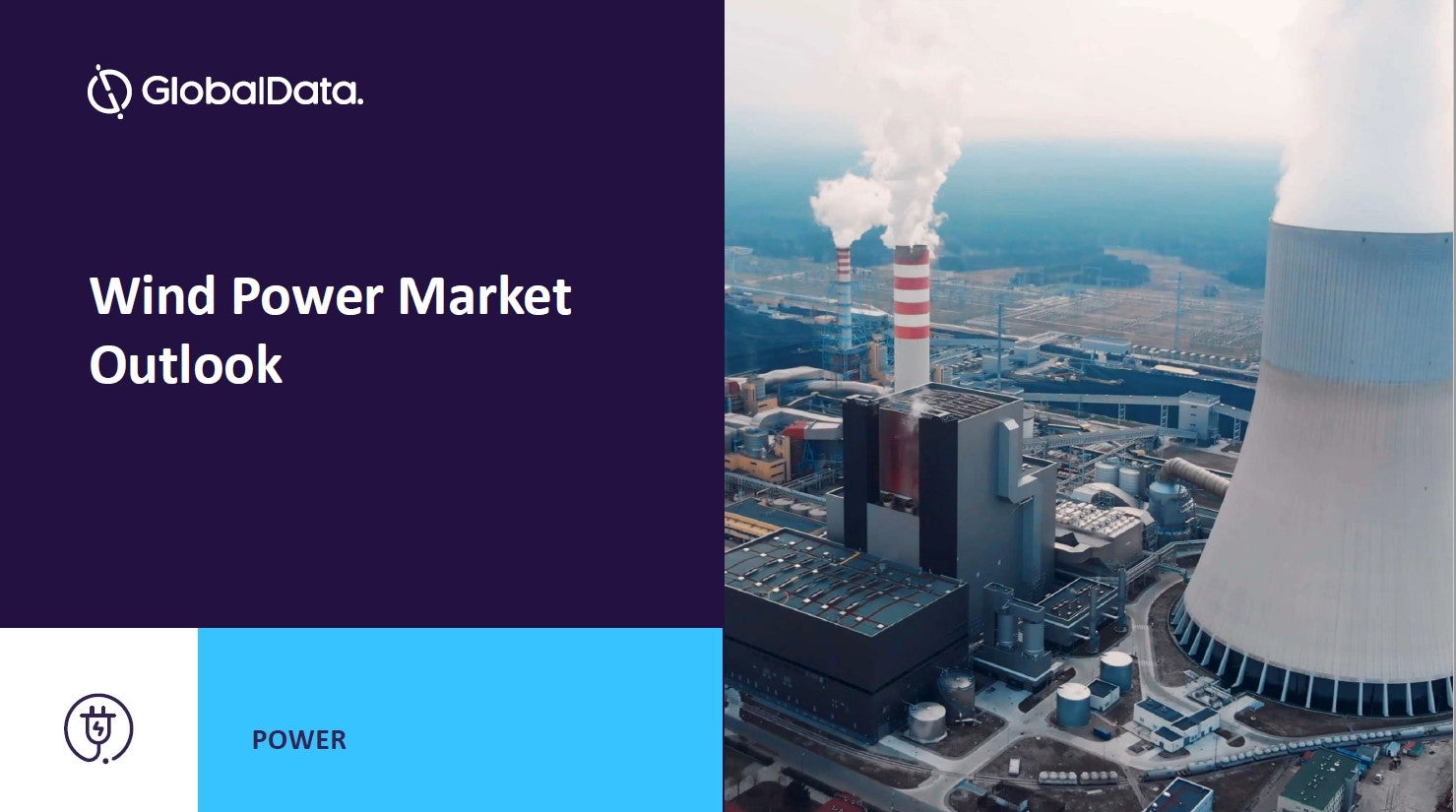Floating offshore wind is at an early stage of technological maturity with only 73.5MW of capacity installed worldwide, compared with over 35GW of offshore wind energy overall. There is plenty of capacity in the pipeline, though, as Energy Monitor’s Weekly Data shows.

South Korea has not yet installed any floating wind projects, but the country has 4800MW under construction or planned by 2028. This rapid deployment will aid the country’s target of 12GW of offshore wind capacity by 2030. Today it has only a tiny 125MW installed.
How well do you really know your competitors?
Access the most comprehensive Company Profiles on the market, powered by GlobalData. Save hours of research. Gain competitive edge.

Thank you!
Your download email will arrive shortly
Not ready to buy yet? Download a free sample
We are confident about the unique quality of our Company Profiles. However, we want you to make the most beneficial decision for your business, so we offer a free sample that you can download by submitting the below form
By GlobalDataNext in line are the UK and the US, with 4634MW and 3900MW of floating offshore projects in the pipeline, respectively. The UK is also the home to the single biggest floating project already online with the 30MW Hywind Scotland project.
The two main companies developing floating wind farms are Siemens Gamesa and MHI Vestas with nine projects each out of a total of 75 projects under development. The floating wind industry is expected to grow to close to 22GW by 2033 – a 300-fold increase on today – with over 1,100MW already under construction and more than 20GW at the planning stage.
One of key reasons for the technology's limited deployment so far is its cost. Data shows the price gap between bottom-fixed and floating offshore wind will narrow, but harnessing wind energy through floating platforms is expected to remain more costly in the medium to long term.
Innovations to reduce floating wind’s costs are crucial for the sector’s competitiveness, as well as the pace of the energy transition. As bottom-fixed offshore wind is limited to water depths of up to around 50m, floating offshore wind has a critical role in taking offshore energy forward.




